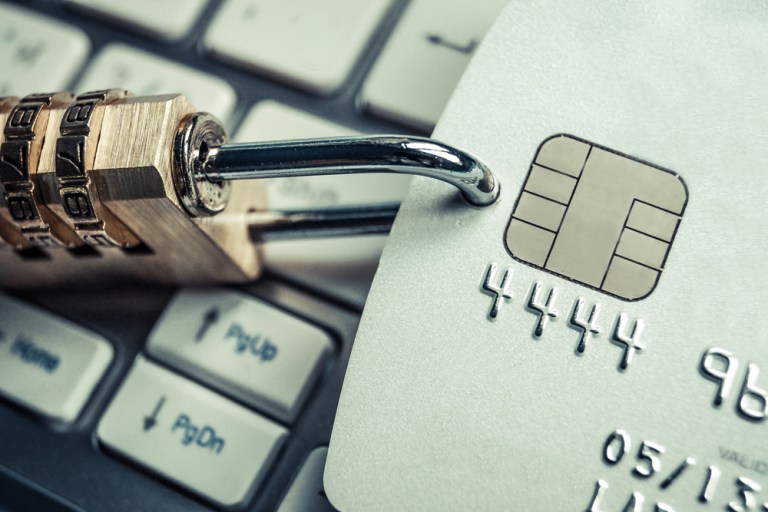
No matter where you live, credit card fraud is a harsh reality. Take Denmark, for example, which saw a 60 percent increase in fraudulent card charges in 2016. According to Bloomberg, Danish police said reported card fraud reached 105 million kroner ($18 million USD) in 2016, while reports of online fraud soared 300 percent from 2009.
As a result, authorities are now advising consumers to use a texting service offered by banks that will send a notification if a suspiciously large purchase is made with a card.
Peter Reisz, deputy chief superintendent at the Copenhagen police force, said the surge involves “different kinds of credit card fraud,” and that getting the industry to notify authorities of suspicious transactions “is a simple but effective way to keep an eye on transactions.”
Denmark isn’t the only country dealing with credit card fraud, though. A survey last year commissioned by Transaction Network Services (TNS) found 85 percent of consumers in the U.S., the U.K. and Australia believe fraud attempts on debit and credit cards are on the upswing. In addition, two-thirds of the more than 3,000 surveyed said they were concerned about data security, with 38 percent of respondents believing their private information may have already been exposed.
Last year, it was revealed that card-not-present (CNP) fraud was also on the rise in the U.S., and even gift cards aren’t immune. A scam during the holidays saw thieves grabbing cards off the rack, scratching the film that covers the card PIN underneath and copying the relevant numbers. They would then cover the scratched-off area with a new sticker, sheets of which could be purchased on Amazon, put the card back on the rack and wait.
A customer would eventually purchase the tampered-with gift card and it would be activated. Scammers, monitoring for the number they lifted, would see the card go active and promptly drain the funds.